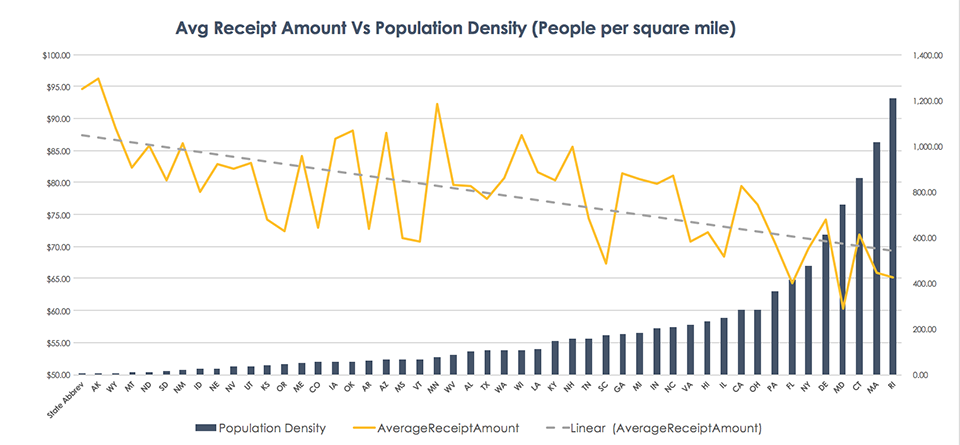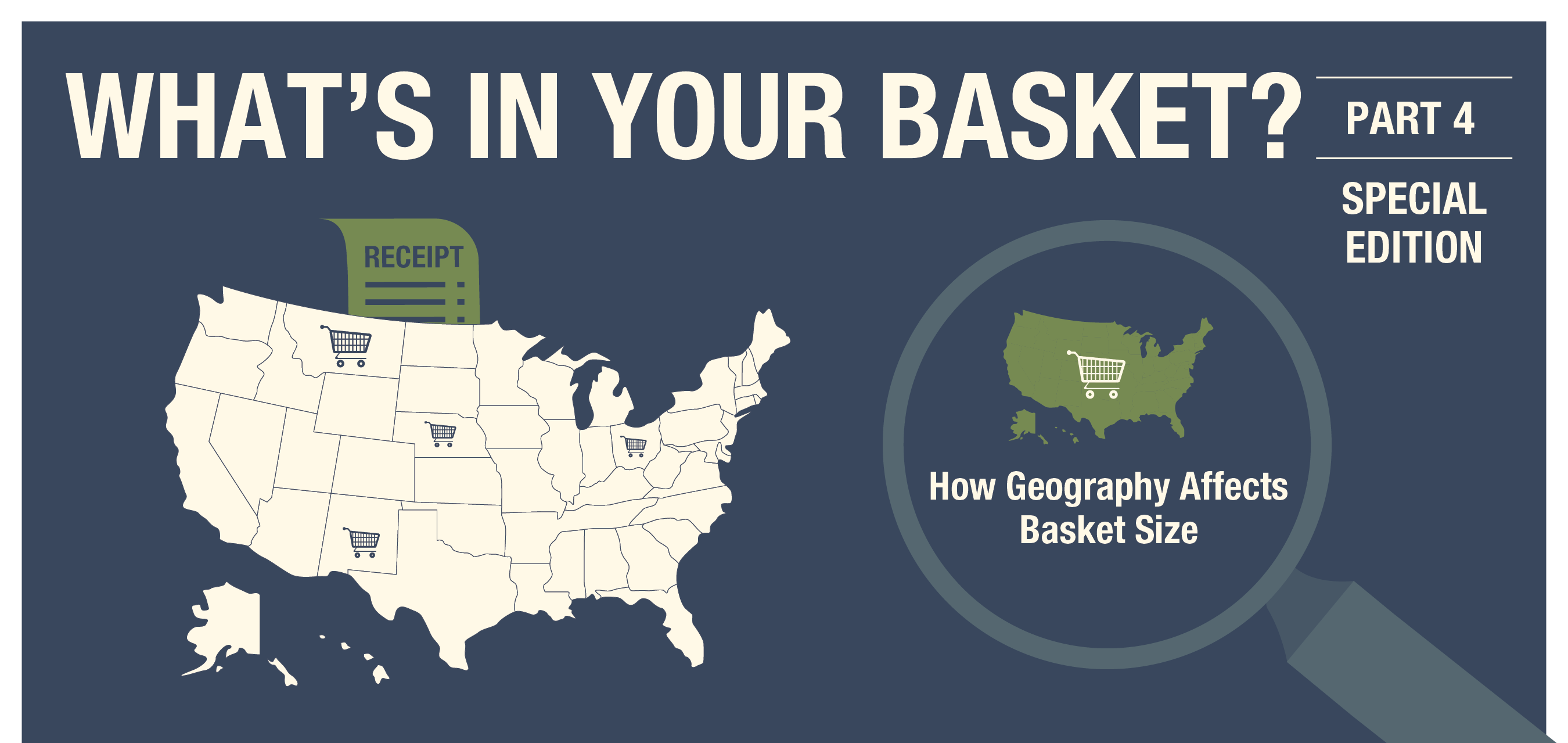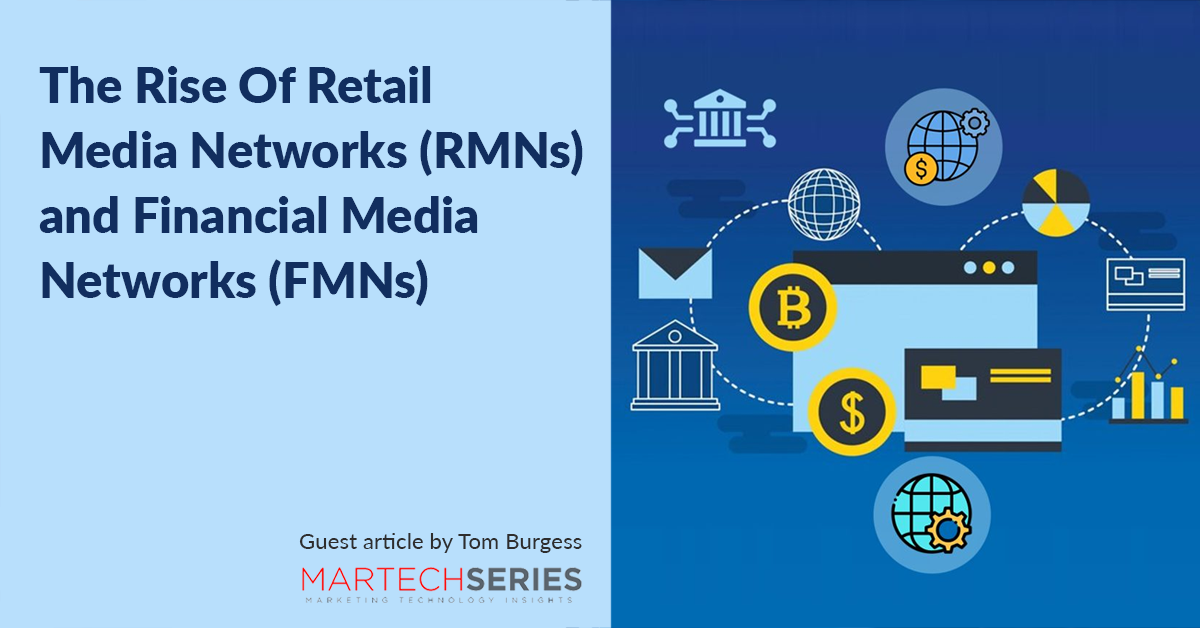Geographic data is easy to mine from receipts, simply by looking at the address information printed on them. For this post, we sorted the average purchase basket size by the state in which the purchase took place – and then started to look at external variables to try and explain the patterns: why did some states yield much higher average total purchases than others?
First, we looked at household income by state, which seems to make intuitive sense – wealthier states have populations with access to higher disposable incomes, and therefore could spend more on purchases. However, the data showed there was no strong correlation between basket size and household income.
The homerun insight came when we analyzed population density by state: here, there is a clear, powerful association between average basket size and the population density.

In thinking about it, there are a few interrelated reasons why the average basket size should be so (inversely) correlated with population density.
- Probably the biggest contributor to this trend is the fact that in less densely populated states, the average distance to the store would be greater for most people, meaning each shopping trip in these regions is more of an effort. Thus people are more likely to make fewer, albeit more significant store trips, and buy more per trip they take.
- More densely populated states are also more likely to have better public transport and more people who would use public transport instead of cars. Using public transport instead of cars may also limit the amount of groceries they purchase on each trip.
- There could also be underlying cultural and behavioral differences in behavior that could drive the difference in basket size. As an example, densely populated states are likely to also have more restaurants per capita, and therefore more people dining out than less densely populated states. More dining out means less shopping for groceries, and hence smaller basket sizes.
The kind of insights described above are invaluable to brand marketers. It is hard to gauge the impact of these kinds of revelations; it can affect everything from retail penetration strategies to demographic targeting techniques. Think about that next time you see a customer reaching to take a receipt from a cashier’s fingertips.





